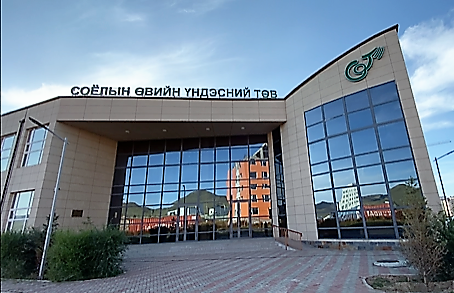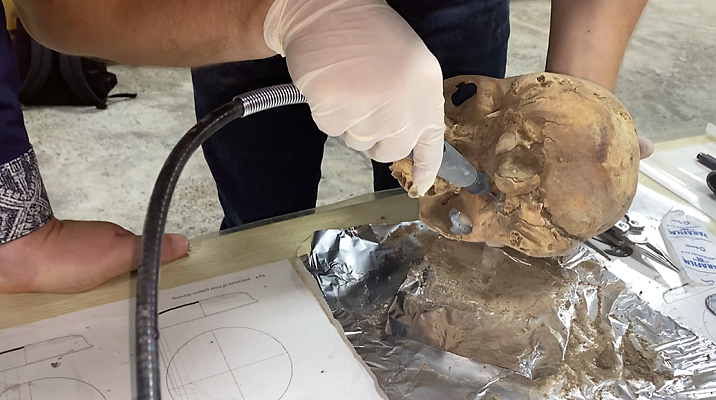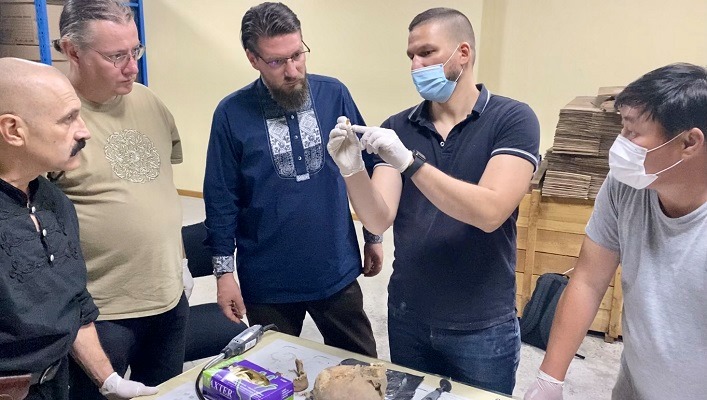Two thousand years old Hun bones sampled at the Anthropological Repository of the Mongolian Academy of Sciences
In the framework of the scientific cooperation between the Mongolian Academy of Sciences and the Institute for Hungarian Studies, we had the opportunity to visit the Anthropological Repository of the Academy and take archaeogenetic samples. The samples were taken from skeletons from Hun cemeteries in Asia, which are important for Hungarian prehistory, with the aim of comparing the genetic samples of the Huns with the archaeogenetic samples of the conquering Hungarians.
In the framework of the scientific cooperation between the Mongolian Academy of Sciences and the Institute for Hungarian Studies, we had the opportunity to visit the Anthropological Repository of the Academy and take archaeogenetic samples. The samples were taken from skeletons from Hun cemeteries in Asia, which are important for Hungarian prehistory, with the aim of comparing the genetic samples of the Huns with the archaeogenetic samples of the conquering Hungarians.

During our tour in the Anthropological Repository, we were shown finds covering the whole of history from all over Mongolia, from the Neolithic to the Middle Ages. In the framework of previous international collaborations, research teams from the US, France and South Korea have already carried out various scientific analyses on certain skeletons and now Hungary has joined the ranks of countries with international research teams. However, our research team may also reveal traces of the ethnogenesis of Hungarians during the archaeogenetic study of the human remains.

Our research team was allowed to select the graves in the cemeteries from which they wanted to take samples. Endre Neparáczki first took sample from the tibia excavated from the elite tomb of an Asian Hun from Belkh and then sampled petrous skull dust and tooth root from the skeletons of nine well-preserved tombs from the Asian Hun cemetery at Baruun Bilcet, using the almost non-charring sampling technique applied in Hungary. This sample set was complemented with an additional Hun sample recently excavated by Mongolian archaeologists in the Gobi Desert.

In recent years, archaeogenetic research has highlighted the lack of research in two new regions: the northern Caucasus foothills, where our Institute already started research in 2019; and Mongolia – the area of the Asian Hun Empire – where this year has brought a turning point in research with the archaeological excavation of the Hun cemetery at Belch, in Mongolian-Hungarian collaboration.
Hopefully, the archaeogenetic samples now taken will provide new data for research on Hungarian prehistory, will help delineating the early settlement area and original homeland of Hungarians and will also promote the success of the Mongolian-Hungarian scientific cooperation.